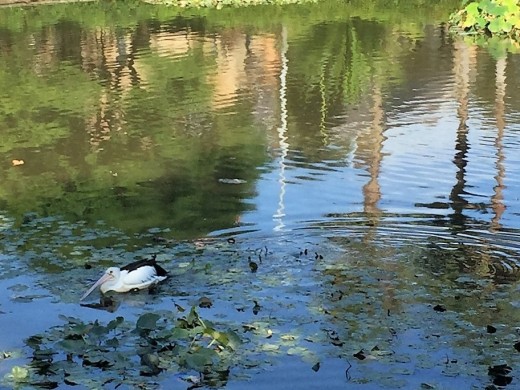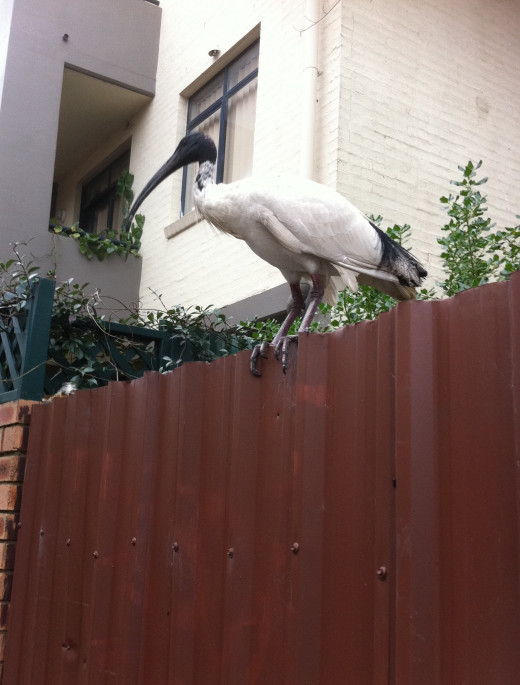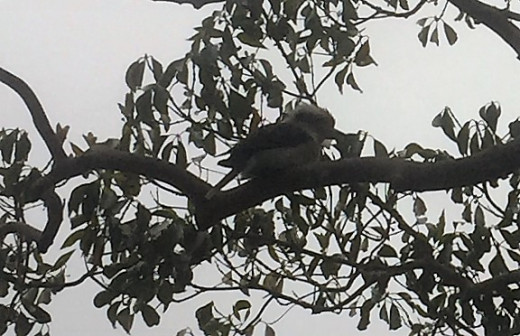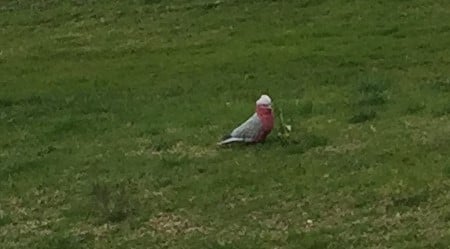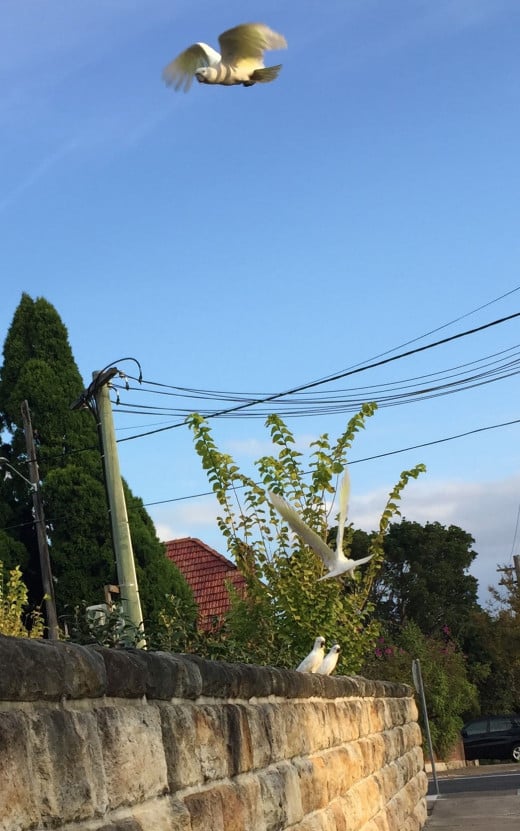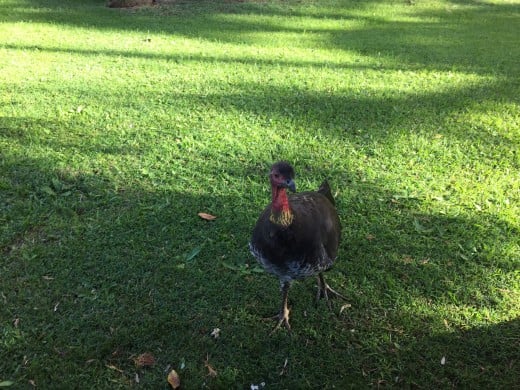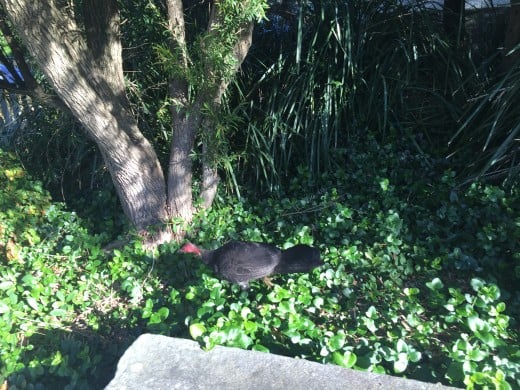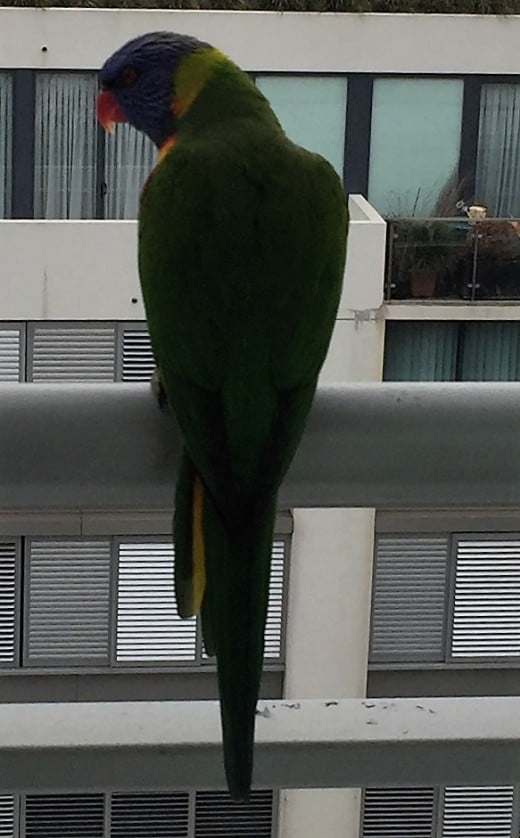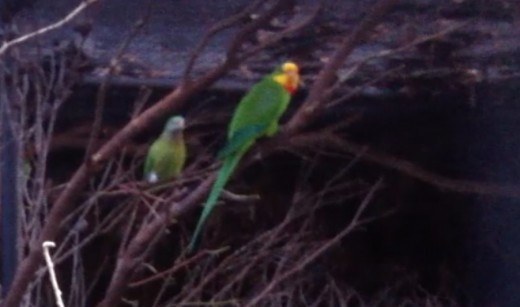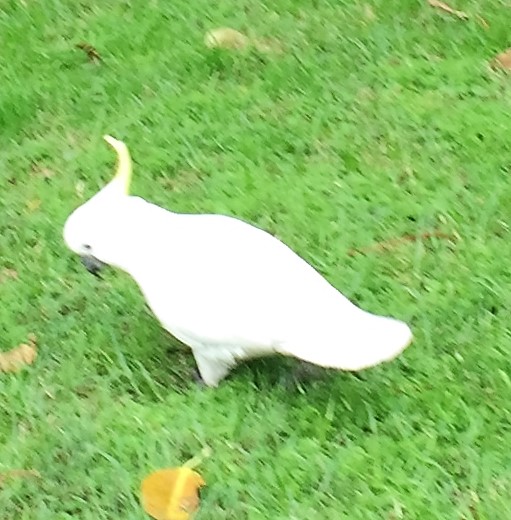Encounters With Native Australian Animals and Their Habitats
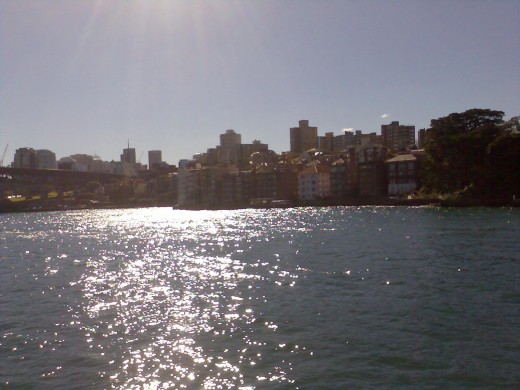
Australia at a Glance
Australia has some of the most diverse native animals that are part of this country's unique habitats. This is the only country in the world that is also a continent while being part of Oceania that is made of Melanesia, Micronesia and Polynesia. Australia itself is part of Melanesia that includes Papua New Guinea. The neighboring New Zealand is part of Polynesia that also includes Hawaii. Once joined together, the islands evolved differently with unique species, plants, and customs.
Australia has some of the most diverse indigenous species in the world as well as unique indigenous food. Sweet potato spread from Oceania to other parts of the world, although it originated in Central America. Drink that originated here, Kava has a unique aroma, but can be toxic in large quantities.
Travelers who like to explore natural habitats and active travel may face challenging local environments. Those who like adventure travel may benefit when obtaining travelers' insurance. Combining travel and leisure also involves various challenges. One such challenge for tourists from non-English speaking countries may be left-side traffic.
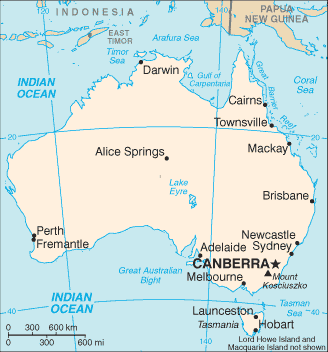
Australian Landscape and Climate
Australian landscape features mostly deserts, but there are also many mountain ranges along with fertile lands. Its climate is mostly desert type, while other climates include temperate, tropical and equatorial. It instigates relatively warm winters and hot summers, but some areas such as Thredbo or Perisher have snow during winter.
One of the best travel destinations is the Great Barrier Reef that is the largest coral reef in the world. It attracts travelers from around the world, eager to explore this phenomenon.

Unexpected House Visitors in Garden and Urban Habitats
There are some 10, 000 various species of spiders in Australia that has the highest number of most venomous spiders. Australian spiders vary in size, but those largest may not be necessarily the most dangerous. One of the largest spiders, huntsman, is not venomous despite its long legs, while tarantula is an exception to the rule.
Most commonly feared are redback spiders, although the most dangerous are Sydney funnel web spiders. Both species like garden areas. Redback spiders can be found around Australia; Sydney funnel web spiders live in New South Wales. They are regarded as the most dangerous spiders in the world. Their powerful fangs can reach through surfaces such as nails, injecting venom that attacks the nervous system.
Other native dangerous spiders are mouse spiders. They live in suburban areas, and, unlike other spiders, they wonder around during the day.
Although white-tailed spiders are also feared, their bites are not deadly. They live in New South Wales, Victoria, South Australia, and Southern Queensland. They are unable to build webs, hunting mostly other spiders such as black house spiders.
It is always good to know which spiders pose a threat and not panic when encountering them. At times, spiders can build their webs outside a house, just like on this photograph. It has been left there for Sydneysiders to admire.
Bats in Sydney
There are many exotic birds thriving in Australian cities that include bats discernible late afternoon and at night. Bats or grey-headed flying foxes live mostly in Australia's southeast. They consume nectar from flowers including pollen.
They are the only mammals that feed on fruit in subtropical rainforests, in this way also able to control the insect population.
Bats are the only mammals that can fly quicker than birds. With their movements that are swifter and more accurate, they can also change the shape of their wings.
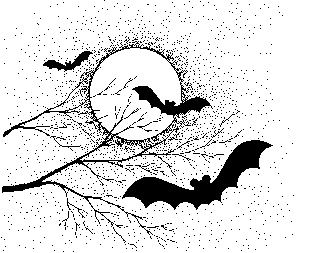
How Fast do Bats fly?
Bats can fly with the speed of up to 60 km/h that is faster than that of birds, as it can also be observed on the video below.
Bats' Frenzy
Australian Possum
Possums live on trees. These marsupials are nocturnal animals visible only when they hunt for food at night. They are born blind and have to learn to live at first without their sight.
When facing danger they are known to play dead and adopt appearances rather than use their claws. In cities, possums at times accept the left over food on the streets. They don't seem to fear people around, and on this rare occasion a possum ventured from the tree to a nearby bus stop.
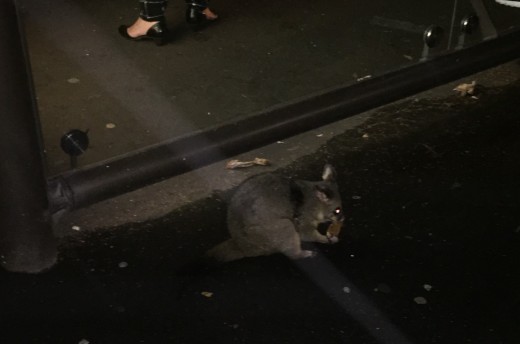
Australian Native Birds
There is a variety of native birds in Australian cities, including colorful cockatoos, parrots, peacocks as well as the Australian white ibis. The ibis is present in parks and suburban areas. They gather food from anywhere they can, including rubbish bins, but at times may also try to snatch some from people nearby.
Australian Parrots
As parrots like tropical and subtropical areas, Australia is a suitable place for them and has the largest amount of parrot species.
Australia is also considered to be a place where parrots evolved and where the oldest parrot fossils have been found.
Native Birds
Click thumbnail to view full-size









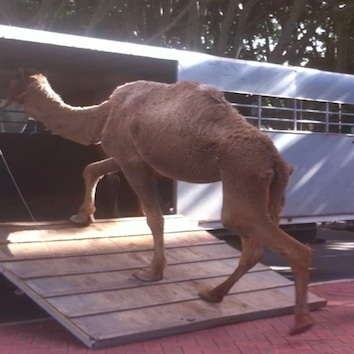
Surviving Desert Habitats
Habitats around the world as well as in Australia changed mostly through human interference. Every introduction of a new species threatens the survival of the native fauna and flora. It frequently causes a weird and unexplained animal behavior. The introduction of camels to Australia led to their unexpected spreading. In a similar way, rabbits caused havoc to the native environment. Both camels and rabbits had to be eventually hunted.
When traveling across Australian deserts the danger of getting lost in a desert with not enough water or food may be even more grave than being attacked by wild animals. It is easy to underestimate the risks of dehydration and starvation.
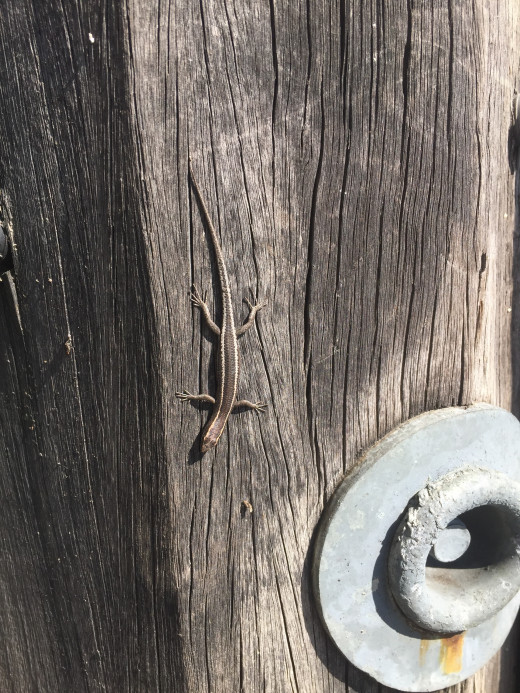
Australian Lizards
Australia has the most unusual and diverse lizards. The majority of lizards in the world, over 800 species, have their habitats in Australia. There are also most goanna species here. Their habitat is dry land and bush.
Australian lizards can be spotted mostly in the outback, but there are many species that are in or around the city. Skinks like houses with gardens in major Australian cities. They are present in city suburbs.
Other lizards can be found randomly more often during bush walking in various national parks.
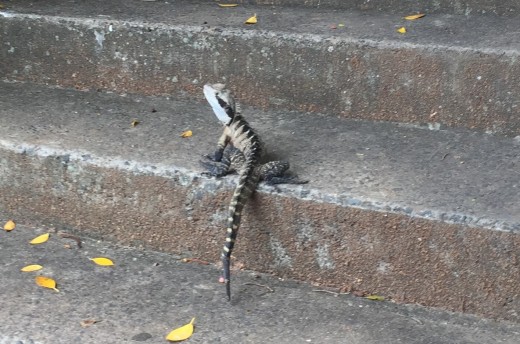
The Most Interesting Encounters are in the Australian Outback
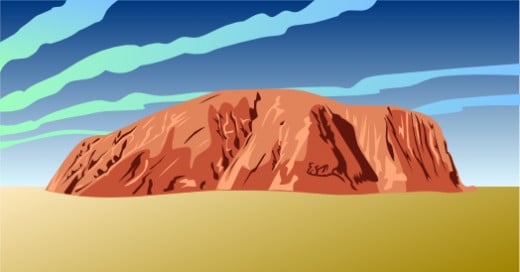
Australian Native Animals in Rainforest Habitats: Tree Kangaroos
Australia is the only other place apart from Papua New Guinea that has tree kangaroos. They can be found mainly in Queensland rainforests that are part of some 13 different types of rainforests, making also 20 per cent of other types of trees.
These rare species that breed on trees developed millions of years ago when they explored new habitats. They separated from other kangaroos and started to live on trees, although prior to that they were marsupials that lived on trees. There are many species of tree kangaroos. Some can jump as far as 9 m between trees or 18 m down.
Tree kangaroos are well adapted to climb trees while they are the only kangaroos that can move their hind feet independently of each other.
They are considered to be endangered species as their natural habitat is continually destroyed.
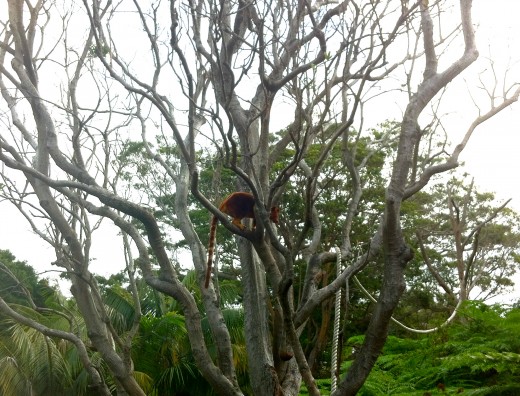
Coral Reefs of Ocean Habitats
Australia is great for outdoor adventure. There are ocean microhabitats here to explore such as coral reefs. One of the most popular destination is the Great Barrier Reef, near Whitsundays that is the largest coral reef system in the world. There are 2,900 individual reefs in this largest structure of living organisms located in the Coral Sea.
The Great Barrier Reef is considered to be one of the Seven Wonders of the natural world. Its size, stretching for more than 2000 km exceeds the length of the British Isles. It is interconnected and coexists with 100 other habitats with distinct animals. It has its own climate with warm temperatures throughout the year even though it is located within a tropical climate.
This so-called 'living rock' began to form some 65 million years ago. It is responsible for the most diverse ecosystems on earth. This structure is so huge that it is visible from cosmos, as seen on this photograph by NASA.
Although it has been affected by pollution and climate change that has resulted in bleaching, it is still a popular destination due to clear and warm waters.
Other popular destinations in Australia include theme parks. One of the oldest theme park is Sea World in Gold Coast, Queensland, where you can watch dolphins, water skiers, rides, shows, and other attractions.
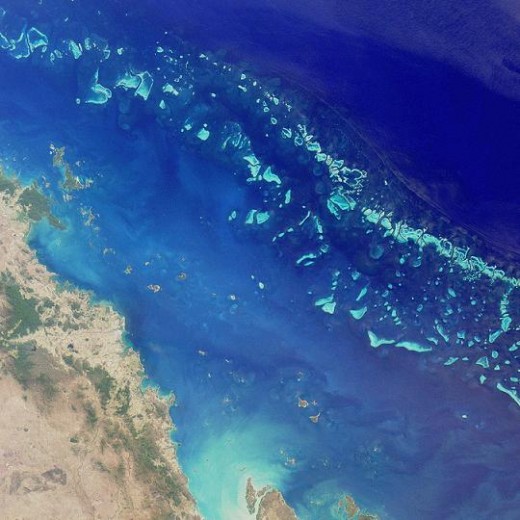
The Great Barrier Reef
The Great Barrier Reef by National Geographic
Swimming with Dolphins, Swimming with Sharks or Watching Whales
Australia has rich ocean wildlife. Almost half of all shark species in the world live in Australian waters, but relatively few shark species hunt in coastal waters. Although most sharks inhabit oceans, they can also be found in rivers.
Sharks vary in size. The largest shark is the whale shark that can reach even 12 m that is more than twice the length of the human body. Most sharks are bottom feeders and only white shark, tiger shark, and bull shark may target humans as prey. Areas, where sharks are present, are usually known by local people. Shark attacks may be entirely unpredictable.
There have been unusual and more frequent shark attacks in Australia in recent years that is also caused by interference with their native habitats.
Observing these fascinating animals is possible from the safety of a cage in all major Australian cities and South Australia. Swimming with sharks, unlike adventures in the film with the same title can be rewarding although swimming with dolphins is thought to have beneficial health effects such as alleviating depression apart from experience. North Pacific is also particularly abundant with up to 40 overall species of dolphins. Safety precautions should be maintained as dolphins may inflict injuries, despite notions that they are entirely docile.
Whales are the largest animals on Earth. They used to be mammals that then returned to the sea. They have an acute sense of sound. There are 45 per cent of whale species in Australian waters. They are also fascinating due to their ability to sing songs over large distances. Whale watching can be a rewarding leisure as well as entertaining activity. More in Best Places for Whale Watching in Australia.
A popular whale watching attraction begins on the east coast in May, when humpback whales migrate from Antarctica to the warm waters of Queensland. It is the beginning of the whale migration season. The best spot to watch whales is at Cape Byron. Whales then swim back again in Spring. Another popular spot is Cape Solander. Cruises in Sydney New South Wales offer close on board encounters with whales.
Antarctica is the destination for both killer whales migration that are the largest dolphins that can be spotted around Australia and New Zealand as well as the largest whales in the world such as blue whales that can be seen near Australia's west coast, south coast, and even south-east coast.
Best Places for Whale Watching in Australia
Dolphins evolved when mammals returned to the sea. There is a vast amount legends and writing associated with dolphins that were once considered to be people's friend. Greeks were so fond of dolphins that regarded killing them as murder. Even Australian Aborigines used them to help them catch fish.
They are considered to be intelligent even by scientits who claim that they can even learn English. They often die when caught in fish-nets. They have also been used in underwater warfare. They were also tested in telepathic communication in 1984 by C. B. Jones, where it was mostly successful and dolphins executed tasks as instructed in some cases even before they were instructed.
Intagible Evidence, Bernard Gittelson, Simon and Shcuster, London 1987.
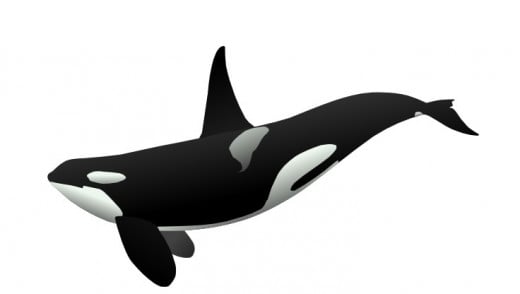
Australian Jellyfish
Swimming in Australian waters can be dangerous not only because of large predators, but also due to encounters with marine animals, such as jellyfish.
Urukandji jellyfish can inject venom producing burning, nausea, cramps, pain, sweating, and vomiting. Some symptoms can last for weeks.
Box jellyfish that lives in northern and eastern Australia can inject toxin similar to an electrical shock. This type of incident can result in death. This creature has been recognized to be one of the most venomous marine species. It can move relatively fast, and, unlike other jellyfish, has eyes.
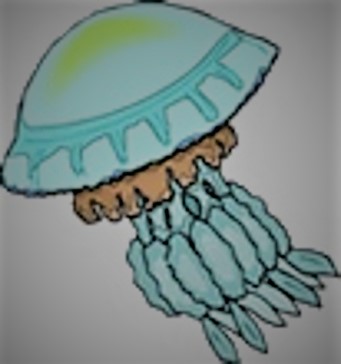
Australian Habitats
Australian Wetland Habitats
Wetland habitats in Australia include some of the most diverse fauna and flora. One of the most significant salt marshes in Australia is Mandora Marsh in Western Australia that spreads thousands of kilometers across. Other wetlands include mangroves, littoral rainforests, turpentine forests, and lagoons.
Australian Marsupials in Dry and Forest Habitats
Due to the absence of placenta mammals in Australia, Australian marsupials evolved. They include unique species such as koalas, kangaroos, wombats, tasmanian devils, quolls, wallabies, possums and gliders. The largest marsupial in the world is the red kangaroo.
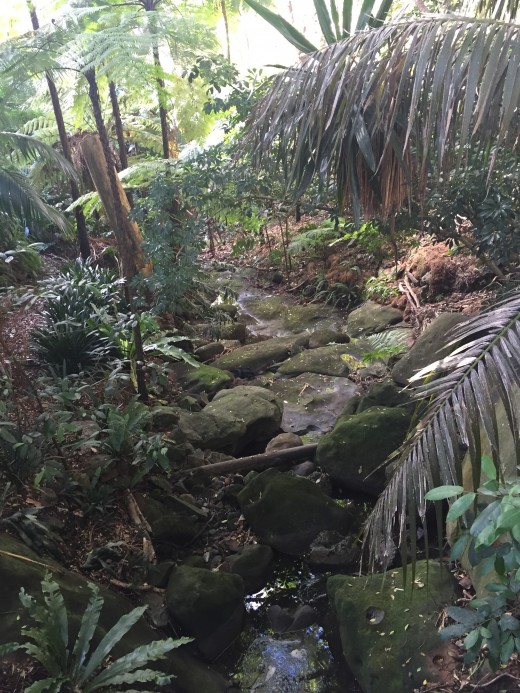
Where to Find Platypus in Australia?
Australian platypus is one of many endangered species. It lives in rivers and waterways in Victoria, Tasmania, Kangaroo Island and East Coast. It can also inhabit salt water areas, favoring tropical and temperate places with vegetation.
This animal can be difficult to encounter if your adventure holiday destination is Australia. It is the only mammal that lays eggs, has a bill like a duck and a tail like a beaver. Approaching it should be done with caution, because the platypus can poison with its hind foot. It is safer to see this rare animal at the Zoo.
Platypus

Australian Crocodiles and How to Avoid Them
Overseas adventure travel can be rewarding. It poses undeserving challenges when entering areas with still and often shallow water in northern parts of Australia. These areas are inhabited by salt water crocodiles that are the largest and most dangerous crocodiles in the world. They perfected their dangerous skills since the time of dinosaurs, that is 200 million years, but their main target is not a human.
There are also freshwater crocodiles in Australia that are smaller and live in rivers. All crocodiles favor tropical and temperate climates.
They can venture out of their territories and pose danger in unexpected places as well. It is best to ask local people if the area is safe to swim.
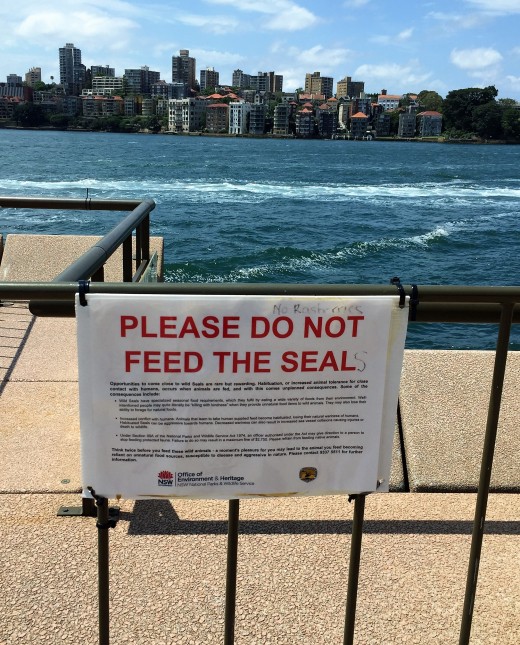
Finding a Seal
Australian fauna can be present in most unexpected places, even near the Sydney Opera House. This is where a seal has been appearing for quite some time and is now a permanent feature as a regular visitor there.

